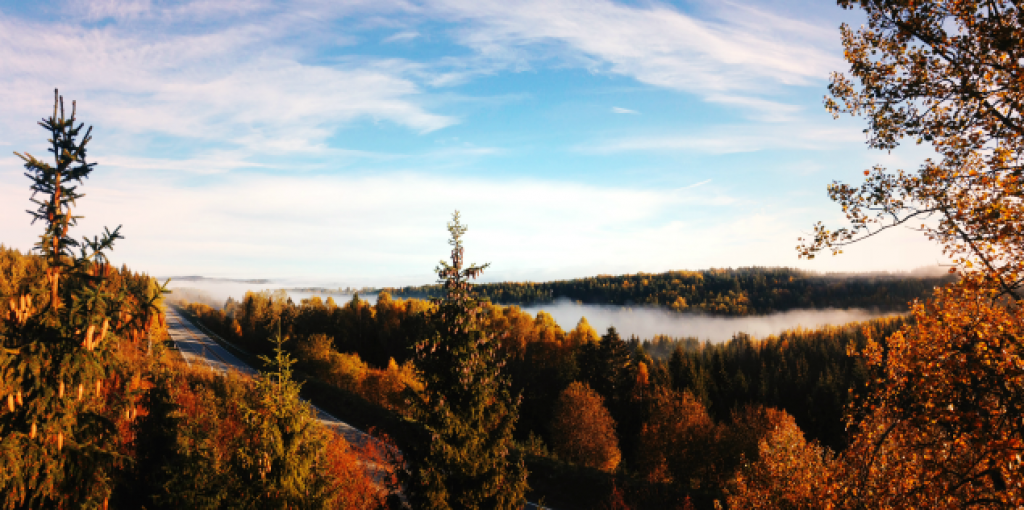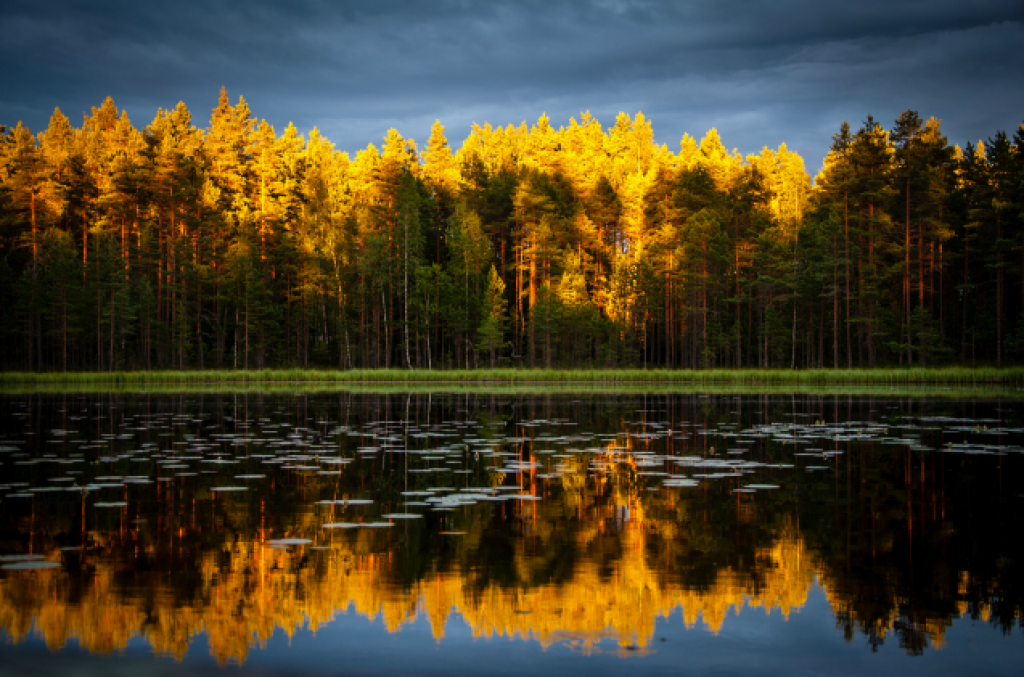Hey guys, guess what?
Summer 2017 is a thing of the past. Pack up those flip flops and breakout the scarves and pumpkin spice EVERYTHING...Fall is here!
For photographers, autumn means rich warm-toned landscapes,
[caption id="attachment_4882" align="aligncenter" width="640"] Photo by Ewa Stepkowska[/caption]
dramatic silhouettes at sunset,
[caption id="attachment_4885" align="aligncenter" width="640"]
Photo by Ewa Stepkowska[/caption]
dramatic silhouettes at sunset,
[caption id="attachment_4885" align="aligncenter" width="640"] Photo by JJ Thompson[/caption]
morning fog,
[caption id="attachment_4884" align="aligncenter" width="640"]
Photo by JJ Thompson[/caption]
morning fog,
[caption id="attachment_4884" align="aligncenter" width="640"] Photo by Artem Sapegin[/caption]
and stunning reflections.
[caption id="attachment_4883" align="aligncenter" width="640"]
Photo by Artem Sapegin[/caption]
and stunning reflections.
[caption id="attachment_4883" align="aligncenter" width="640"] Photo by David Marcu[/caption]
Did I also mention it's pumpkin spice season?
Get that gear bag ready. You're gonna want head to the great outdoors after realizing how these shots are totally possible by following a few key tips.
Photo by David Marcu[/caption]
Did I also mention it's pumpkin spice season?
Get that gear bag ready. You're gonna want head to the great outdoors after realizing how these shots are totally possible by following a few key tips.
 Photo by Stijn Swinnen[/caption]
Get ready for the autumn photography season at samys.com.
Photo by Stijn Swinnen[/caption]
Get ready for the autumn photography season at samys.com.
 Photo by Ewa Stepkowska[/caption]
dramatic silhouettes at sunset,
[caption id="attachment_4885" align="aligncenter" width="640"]
Photo by Ewa Stepkowska[/caption]
dramatic silhouettes at sunset,
[caption id="attachment_4885" align="aligncenter" width="640"] Photo by JJ Thompson[/caption]
morning fog,
[caption id="attachment_4884" align="aligncenter" width="640"]
Photo by JJ Thompson[/caption]
morning fog,
[caption id="attachment_4884" align="aligncenter" width="640"] Photo by Artem Sapegin[/caption]
and stunning reflections.
[caption id="attachment_4883" align="aligncenter" width="640"]
Photo by Artem Sapegin[/caption]
and stunning reflections.
[caption id="attachment_4883" align="aligncenter" width="640"] Photo by David Marcu[/caption]
Did I also mention it's pumpkin spice season?
Get that gear bag ready. You're gonna want head to the great outdoors after realizing how these shots are totally possible by following a few key tips.
Photo by David Marcu[/caption]
Did I also mention it's pumpkin spice season?
Get that gear bag ready. You're gonna want head to the great outdoors after realizing how these shots are totally possible by following a few key tips.
Let there be light
"When you mix early morning fog with the rising sun you get a recipe for strong beams of sunlight appearing in woodland areas," says ePhotoZine. "These beams of light bursting through trees make an early morning rise from your bed covers well worth it."Double check your settings
"Use the aperture priority mode to set the depth of field," as recommended by PictureCorrect. "The camera will automatically take care of the shutter speed for you. Be sure to use a tripod to help keep the scene in perfect focus. You may want to set a shallow depth of field to blur the background but you will always want to keep the main subject well focused.Go higher
According to nature photographer Rod Planck, "A lot of locations afford the opportunity to drive up and get above the color; and, when you can do that it gives you a grander feel for how much color there is in the area."This calls for a long lens
TechRadar suggests, especially for you wildlife photography enthusiasts out there, to have a long lens in your gear bag. "Autumn can be a busy time for animals as they prepare for the winter months ahead when food is scarce. The trick is to learn the habits of your target species – at what time of day and where are they most active? With this established, it’s essential not to get too close – and that means a big telephoto lens of at least 300mm. A fast lens (eg f/2.8 or f/4) is a benefit for more skittish subjects too, and when you need to shoot in low light."But, get up close when possible
By getting up close, we mean capture the various colors and textures of the season. "The temptation of wide shots, of entire forests or mountainsides may be hard to resist," says Canon. "However, variety is important. Shoot the panoramic landscapes, but also remember that beauty can be found in the details. Macro photography is a great way to explore the colors and textures of autumn, while also using unique points-of-view." [caption id="attachment_4887" align="aligncenter" width="640"] Photo by Stijn Swinnen[/caption]
Get ready for the autumn photography season at samys.com.
Photo by Stijn Swinnen[/caption]
Get ready for the autumn photography season at samys.com.






